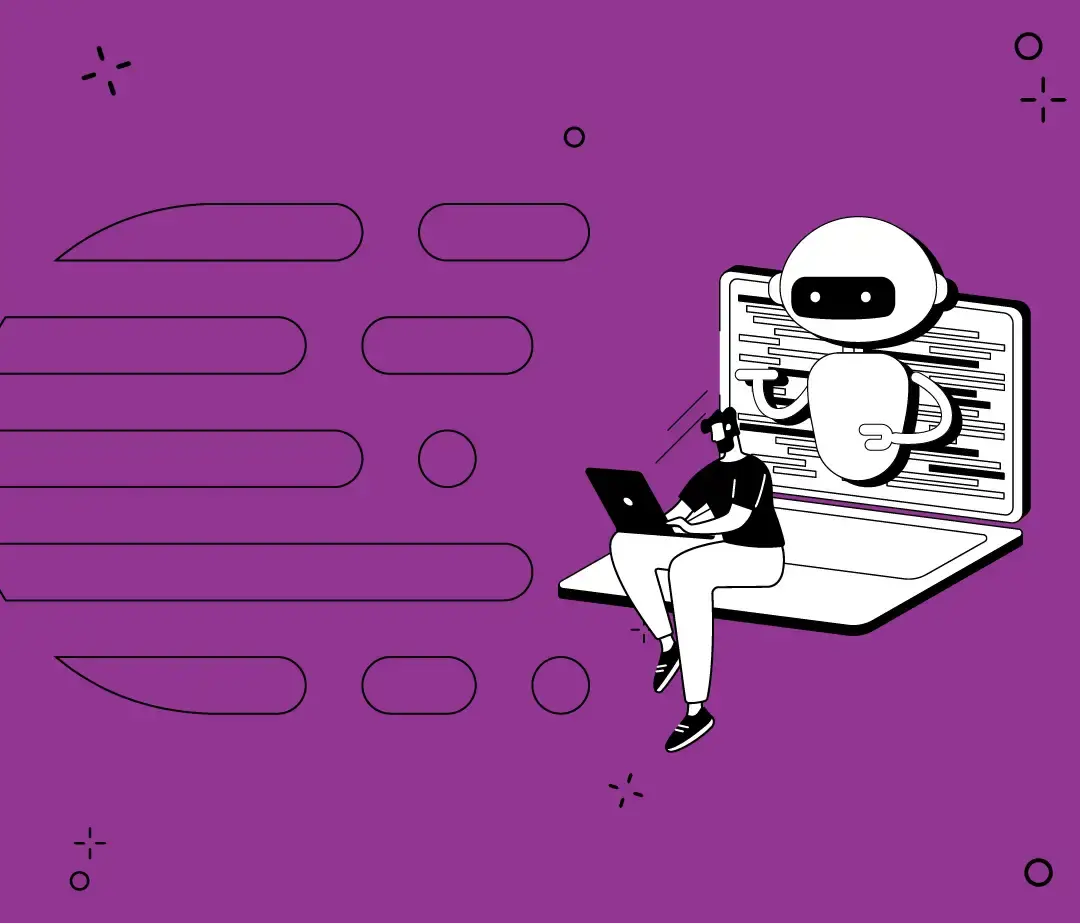Vibe coding redefines software development by leveraging Artificial Intelligence (AI) to generate code from natural language. Simply describe a function, and AI instantly produces the corresponding code. This accelerates prototyping, eliminates repetitive tasks, and democratizes application creation.
While its potential is undeniable, Vibe coding has sparked a debate about the future relevance of human developers. It builds on advanced language models and low‑code platforms—such as GitHub Copilot and ChatGPT—that already suggest code snippets.
Vibe coding goes further: it can generate complete functions in seconds from a single prompt. But will it make developers obsolete?
What Is Vibe Coding?
Vibe Coding is a technique that uses AI to convert natural‑language instructions into executable code. It relies on language models trained on open‑source repositories. A developer writes a prompt—such as “validate email in JavaScript”—and the AI generates a ready‑to‑use code snippet. This speeds up component creation and lowers the barrier to entry without replacing expert judgment.

Advantages of Vibe Coding
- Ultra‑fast prototyping: Create and launch MVPs in minutes, accelerating idea validation without compromising quality.
- Agile collaboration: Business teams can express requirements through clear prompts, reducing rework and misunderstandings.
- Democratized access: Non‑technical users can generate basic functions and prototypes without writing manual code.
- Eliminate tedious tasks: AI automatically generates structures, validations, and standard components.
- Integrated learning: By reviewing generated code, teams discover new libraries, patterns, and best practices.
- Lower costs: It optimizes expenses in early phases and lets a single developer handle more tasks during project peaks.
- Increased speed: Integration into agile sprints accelerates delivery and frees up time for high‑value work.
Subscribe to our newsletter
Immerse yourself in the world of technology with a human touch.
Challenges of Vibe Coding
- Security and quality: Auto‑generated code can include vulnerabilities or outdated dependencies that require constant auditing.
- Mastering prompt engineering: The precision of your prompts determines the clarity and effectiveness of the generated code.
- Style consistency: AI‑generated snippets may clash with your team’s style guide and conventions.
- Partial context awareness: AI doesn’t grasp the full system architecture, which can lead to incomplete or incompatible solutions.
- Maintenance overhead: Reviewing and refactoring generated code demands rigorous QA processes and can raise technical debt.
To mitigate these risks, it’s essential to enforce manual reviews, automated testing, and quality policies from the outset.
Its Impact on the Software Development Industry
Evolution of roles
Prompt engineers, who are experts in writing effective instructions for AI, are emerging. Additionally, automated code reviewers are appearing, and they are responsible for maintaining quality and security.
Hybrid processes
Teams combine manual and AI‑assisted coding, delegating routine tasks to AI while reserving complex work for senior developers.
Methodology shifts
Rapid review cycles are now integrated—generate code, run tests, and refactor. This flow enhances continuous delivery and shortens feedback loops.
Cross‑functional collaboration
Business and IT align requirements through clear prompts, reducing misunderstandings and accelerating concept validation.
How to Start Implementing Vibe Coding?
To implement vibe coding responsibly, follow these steps:
- Controlled pilots: Define precise scopes and efficiency and quality metrics to assess AI’s true impact on your workflow.
- Prompt engineering training: Train your team to craft clear, effective prompts—key to generating clean, consistent code.
- AI code‑review policies: Establish detailed criteria to validate and correct auto‑generated snippets before merging them into the main repository.
- Automated testing and security audits: Integrate pipelines that verify functionality, performance, and vulnerabilities to minimize technical debt.
Are Developers Necessary?
In short, anyone can issue a vibe coding command, but only experienced developers—skilled in prompt engineering, architecture, and best practices—can turn that auto‑generated code into a reliable, maintainable asset.
Developers’ creativity, business vision, and critical judgment remain essential. The developer’s role is evolving: they now lead solution design, validate AI outputs, and establish robust architectures.
Do you want access to AI‑powered software solutions?
At Crombie, AI is already a core part of our development practices and the solutions we build to empower businesses.











0 comments
·
4 min Read